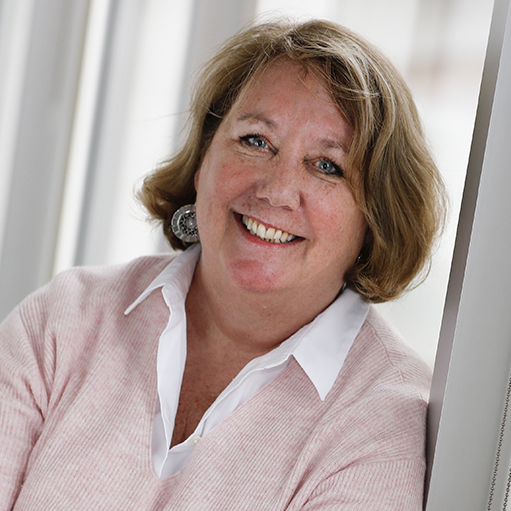Edwin Remsberg
Sky and context
A University of Maryland graduate, former Baltimore Sun staff photographer, and photographer for 11 books, Remsberg had embraced aerial photography as a means to tell a story, but when he flew himself, he started seeing the sky and light differently. “I love airplanes and the people who fly them, but now I am just as interested in the sky as the airplane,” he said. With 400 hours, he either flies or shoots; he does not combine the two, although he is a fan of aircraft-mounted remote cameras. He also doesn’t fly for speed; he’s a low and slow pilot and owner of a Pietenpol Air Camper. He took ground school in college and when introduced to the training aircraft, the venerable Cessna 172, he was turned off. “It wasn’t sexy, it was mom’s minivan, sanitized and boring. Then years later, when I was introduced to light sport in my training, that was fun. A Rans S-12, a little sports car, that appealed to me.” Remsberg is also known as an expert photographer in agriculture. “I grew up on a farm, that’s what I know.” His eclectic career now sees him shooting for corporate clients such as Amtrak and Shell Oil, offering photography workshops in England, offering guided wildlife tours in Africa, and photographing food and farms for books such as Dishing Up Maryland and Maryland’s Vanishing Lives.
[email protected]
remsberg.com
Portfolio











